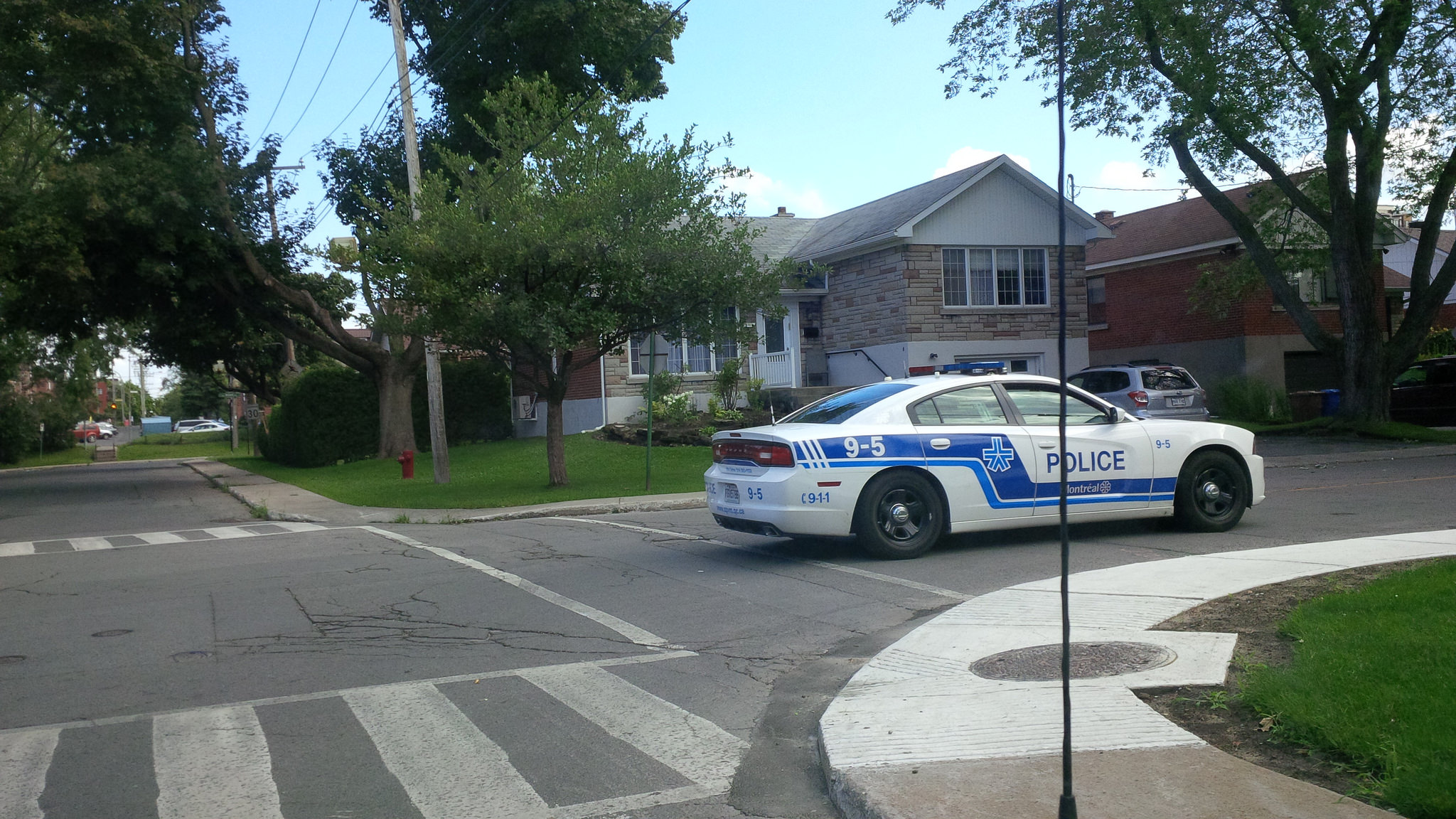
MONTREAL — A string of serious accidents involving pedestrians in Montreal has public officials and residents rethinking how to keep citizens safe in Canada’s biggest cities.
At least two people were killed and two others injured in separate road accidents over a three day period last week, including an 87-year-old woman struck and killed while crossing a street in the St-Laurent borough.
Her death — the 14th pedestrian death of the year — has raised alarm bells among officials, who are questioning why the pedestrian death toll stubbornly refuses to go down even as most other data shows cities becoming safer than ever.
While road injuries and deaths have been in steady decline over the past few years, there has been a slight uptick in fatal accidents involving pedestrians in recent years in Quebec, according to the province’s automobile association.
Data released at the end of 2017 shows that 69 pedestrians died on the province’s roads last year, compared to 63 the year before.
Between 2012 and 2016, the number of pedestrian deaths rose by 25 per cent.
A traffic control specialist with the Montreal police says the 14 deaths compare to 11 at the same time last year, even though he believes the overall number of accidents and injuries has gone down.
Sylvain Dubois said there are several reasons why the pedestrian death toll has refused to decline at the same speed as other types of crashes, but sheer volume likely plays a part.
“The number and density of pedestrians is increasing as well as the number of cars as well, meaning the risk of conflicts increases,” Sylvain Dubois said in a phone interview.
Dubois blames people’s non-respect for traffic rules, as well as inattention and distraction caused by cellphone use.
“Pedestrians now are walking while looking at their phones, which makes them a lot less attentive,” he said, adding that drivers and pedestrians are likely equally at fault.
The aging population also presents a challenge, since victims of fatal collisions are disproportionately likely to be seniors who take longer to cross and have slower reflexes, he said.
The city has announced a public consultation on Sept. 24. aimed at finding a solution to address the incidents.
In the meantime, Montreal police have launched an education and awareness campaign aimed at educating pedestrians to respect traffic signals and other safe crossing rules.
But Marie-Soleil Cloutier, a road security expert with the INRS research university, says education alone is rarely effective in reducing traffic accidents.
Instead, she says infrastructure changes, in combination with other measures such as education and enforcement, are the most likely to bring about change.
Speed bumps, curb extensions, adjusting the timing of crossing lights to give time to older walkers, and changing the road grid to keep through traffic on major arteries are all tools that should be considered, she said in a phone interview.
“It’s changing the geometry of the road network to ensure people aren’t using the local streets to do something that’s not local,” she said.
Cloutier also there’s “no evidence” that pedestrian cellphone causes accidents and believes there should be more focus on driver behaviour since it has much more potential for harm.
Other large Canadian cities, including Toronto, have also been grappling with the issue of how to prevent accidents.
In June, Toronto Mayor John Tory pledged an additional $13 million to the city’s road safety plan and promised improvements to lane markings and bike paths after a string of cyclist and pedestrian deaths.
Both cities, along with several others such as Edmonton, have implemented Vision Zero plans which try to take a multi-dimensional approach to reducing road deaths that includes traffic control, regulations, infrastructure changes, technology and awareness.
While it hasn’t had much of an effect yet, Cloutier says she still believes the cities are taking the right approach, but it will take time to see if they can turn their strategies into action.
“I’m confident in the plans I’ve looked at,” she said. “The implementation is the hard part.”